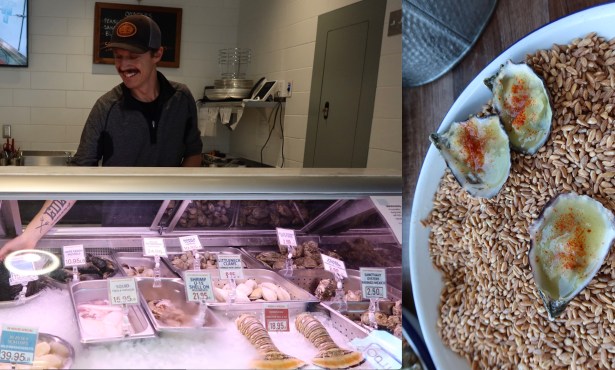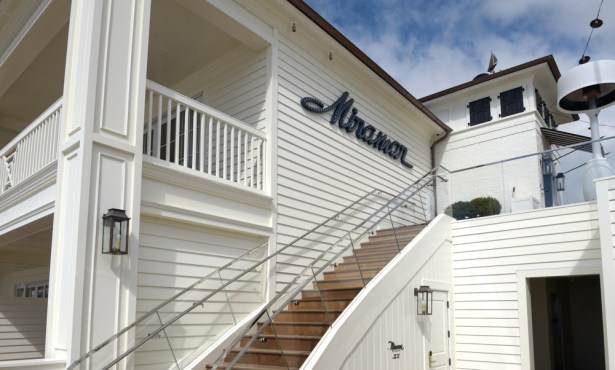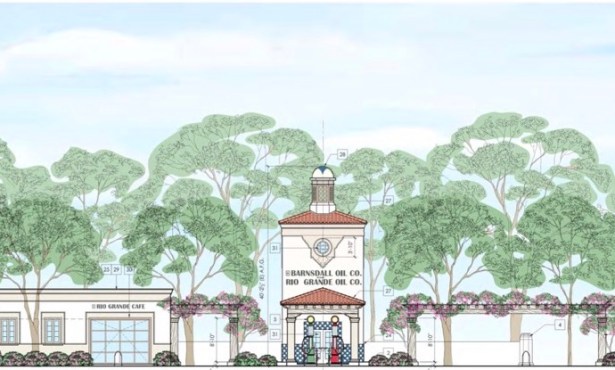The Economy: What Sucks, What Doesn’t
Takeaways from 2019 South County Forecast Summit

With the GDPs of Germany, France, the U.K., and Italy all trending downward, the global financial outlook “kinda sucks,” said UC Santa Barbara professor Peter Rupert at last Tuesday’s South County Economic Summit. “‘Kinda sucks’ is an economics term,” he said. “We define it as ‘not so good.’”
The United States economy, on the other hand, “doesn’t suck,” Rupert continued. Our GDP is up, job growth is strong, and household net worth is better than it’s ever been. Moreover, job vacancies are especially high. “In my view, it’s a healthy labor market,” Rupert said. “During the Great Recession, you kissed the boss’s ass. Today, you can quit and move to another job because there’s a vacancy for every person who’s looking.”
The $64-million question then becomes: How long will the recovery continue? “The answer?” said Rupert, pausing for effect. “We don’t know. Sorry.” He described potential challenges (Trump’s trade war with China, unfunded pension liabilities, rising minimum wages) and possibilities for continued prosperity (independence of the Fed, the cannabis industry, the nonprofit sector).
Rupert then focused regionally. While wages in Santa Barbara’s South County have gone up 3 percent overall in the past year, he explained, they grew slowest on the lower end of the pay spectrum, where the majority of employees work. Eight of Santa Barbara’s largest occupations — farmworkers, retail salespeople, office clerks, cashiers, food preparers, servers, personal care aides, and secretaries — all make relatively low wages, many around $25,000-$30,000 a year.
“There’s only one Pete Jordano,” Rupert said as he gestured toward Jordano in the Granada Theatre audience, “and everyone else has to work for him.” Rupert argued against a minimum wage increase, saying it would stagnate growth. He said the use of earned income tax credit is a much better idea.
Over the past 20 years, employment in the farming, hospitality, and education and health services industries have increased. The number of jobs in retail, goods production, and finance have gone steadily down. Government continues to account for nearly 20 percent of the entire county workforce.
Last year, Rupert went on, Santa Barbara was the fifth least affordable county in California, which is determined by the fraction of the population that can afford a median-priced house. This year, because of an 11 percent drop in the median house price, from $718,000 to $655,000, Santa Barbara sits in the middle of the pack as more affordable than Ventura, Alameda, and Santa Cruz counties. The South Coast also had an 11 percent decrease, which pushed its median home price from $1.34 million to $1.27 million.
Total contributions to S.B. County nonprofits crested $1.5 billion, with the lion’s share going to Direct Relief. In fact, year after year, data shows Direct Relief is absorbing a growing percentage of all philanthropic giving. “Not so good,” Rupert said.
Rupert described the cannabis industry as potentially a major moneymaker, noting Colorado has collected more than a billion dollars in taxes since legalizing it. S.B. County is already producing 22 percent of all the pot grown in California. Rupert said dispensary managers can make up to $52,000 a year, while master cultivators can earn as much as $120,000.
The South Coast’s apartment rental market is dissected in detail in the summit’s written report. Rates “shot up 5.6 percent” this year, according to real-estate broker Dawn Dyer. Despite increased housing production, including many new “granny flat” conversions and small- to mid-sized apartment projects, the vacancy rate “remains exceptionally low at 1.85 percent in March 2019 and has remained below 2 percent since 2011.”
As rents continue to climb, Dyer explained, it will become even more difficult for companies to retain a workforce. Using the appropriate third of their income for rent, tenants would need to earn more than $71,000 a year to qualify for the average South Coast apartment “at the new record-breaking average rent of $2,073 a month.” And while the county’s average median household income is $68,023, “typical apartment renters earn much less, especially those in the hospitality and retail sectors,” Dyer wrote.



